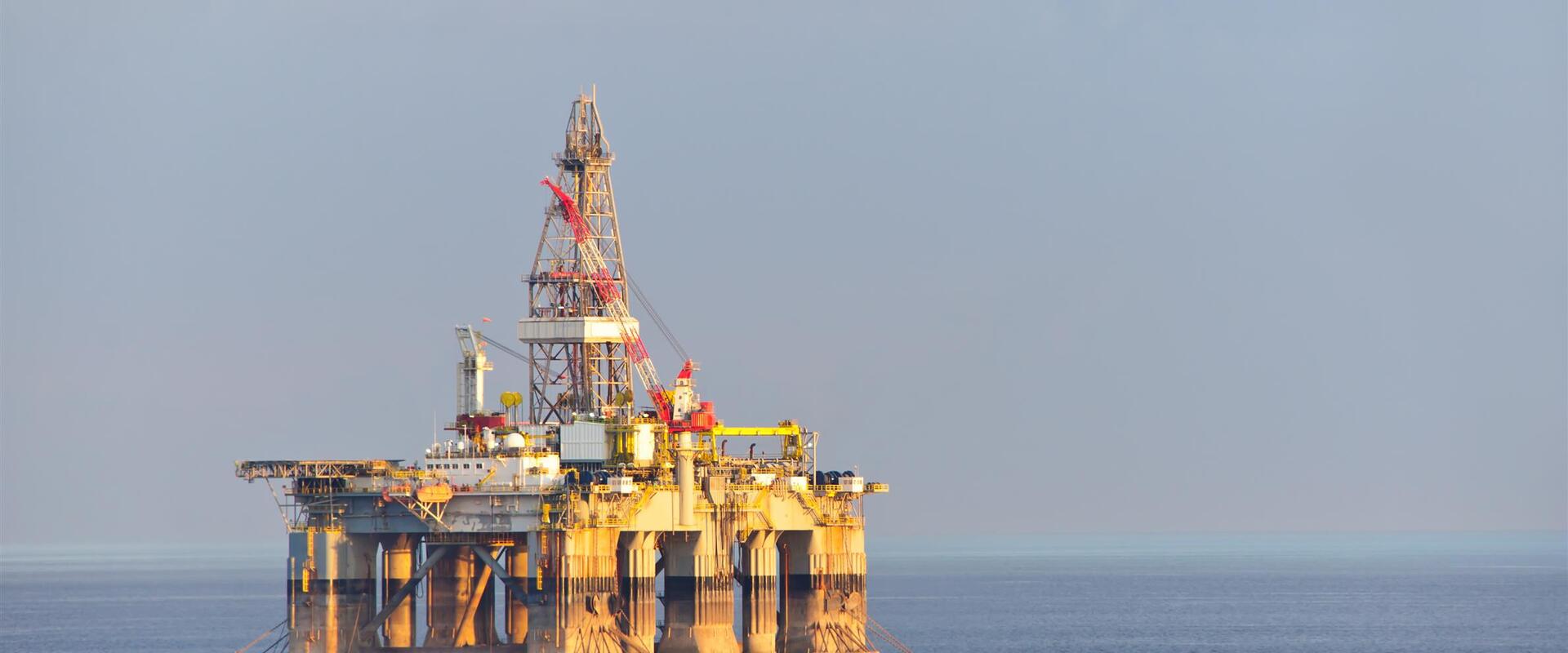
Operational Simulations for the Atlantis Project
Operational simulations of drilling and completion activities for the Atlantis project, in the Gulf of Mexico, using BMT SLOOP oil and gas field simulations software.
The cost of drilling and completing wells in deep waters in the Gulf of Mexico is heavily influenced by loop currents and hurricanes. BP experienced substantial downtime associated with these events. The frequency and duration of loop currents increased significantly with the move to water depths beyond 5,000 ft.
These deeper water depths also dictate longer hurricane preparation times to secure the well, pull the long length of riser, and move the rig out of harm’s way. These problems are further magnified by the increasing well depths because time on location increases, and drilling and completion costs become a larger part of the total cost of developing a field. For many of the new HPHT developments well depths are 25,000 ft to 30,000 ft plus, resulting in drilling and completion costs being 60% to 70% of the total project development budget.
We assisted BP with these issues by performing operational simulations of drilling and completion activities using its SLOOP oil and gas field simulations software. SLOOP has achieved over 1 million years of hydrocarbon production simulation in over 20 years. The SLOOP simulations of the Atlantis operations allowed the expected drilling and completion duration to be estimated, taking into account the downtime due to metocean conditions.
Equally important, the simulations also showed the likely variability in the durations of the drilling programme. It was possible to directly compare the probable drilling durations (and hence costs) using different drilling technologies, by repeating the simulations with different technology models. Also, by calculating the production profile corresponding to the drilling programme, the economic value of the early production was derived, providing a measure of the financial gain.
The main benefit of a new drilling technology may be in terms of reduced average time or cost. However, it may also come from the reduced probability of a lengthy overrun of the drilling programme with consequential additional costs and delayed production. Simulation studies such as these can help to quantify these benefits.
The simulation results helped define the size of the ‘prize’ of utilizing a freestanding riser at Atlantis and formed the basis to help evaluate investment in this technology.

Our role was to lead the HAZOP and SIL Classification study meetings and produce a detailed report.

We were appointed to prepare the layout of two jetties at its Petroleum Storage Terminal at Banyan Basin, Singapore.

We assisted in the development of offshore oil facilities on Pulau Busing Island, off Singapore's busy south coast. The work was motivated by the increasing costs of oil, and our team was in place to assess a total engineering design and project management consultancy for four new jetties.

We have been providing engineering support to Muhibbah Engineering Bhd for the LNG Regasification Facilities Project, commencing from FEED for the LNG regas unit and the Island berth.